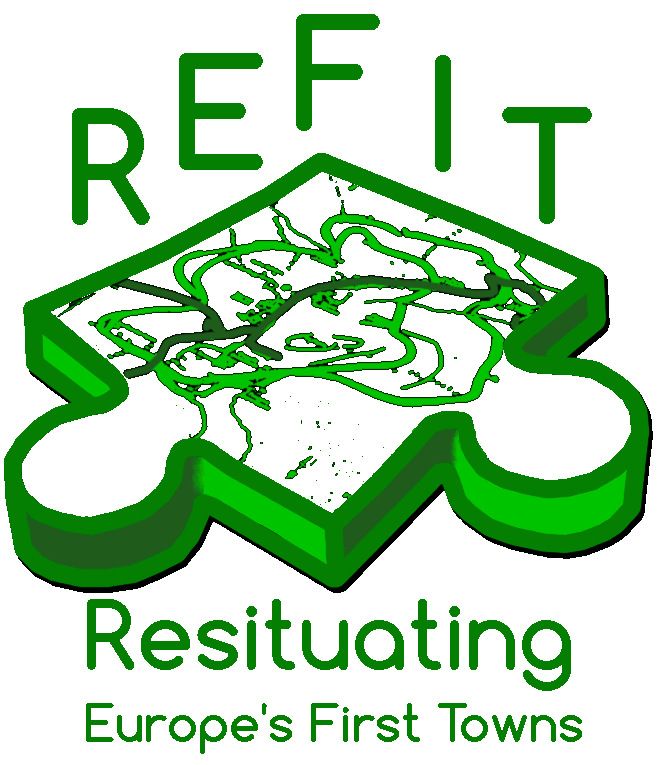
What are 'oppida'?
The term oppidum (plural oppida) is Latin, originally deriving from classical sources; most significantly Julius Caesar used it to describe several locations he encountered in Gaul (modern-day France, parts of Belgium, western Germany and northern Italy) during his conquest in the mid-1st century BC. By the early 20th century oppida were argued to be a pan-European category of monument and the term has subsequently been applied to a range of sites across Europe dating from the 3rd century BC to 1st century AD.
Oppida vary significantly across Europe, encompassing well-defined, hilltop fortified sites in central France to low-lying dispersed and sprawling complexes in southern Britain. However, they do share certain characteristics: they are often enormous in size (often 100s of hectares), they frequently provide evidence as centres of trade, production and ritual, and were often involved in interacting with the expanding Roman Empire.
Translation of the latin ‘oppidum’ as ‘town’ has led to a long running debate over whether oppida can be regarded as urban. Certainly for many archaeologists they mark a radical change in the scale and organisation of societies at the end of the 1st millennium BC, before they were subsumed by Rome.
Despite their significance in Europe's past, oppida remain poorly recognised by the general public and are an underdeveloped foci for cultural and economic sustainability. Their often extremely large scale also means that they are both 'sites' and 'cultural landscapes' in themselves, making them a challenge to manage, for people to percieve, and present. Oppida thus represent a microcsom of many of the challenges we face in engaging with and presenting culural landscapes.

Map showing the spread of European Oppida
Further Reading:
Oppida (general)
Fichtl, S. 2005. La Ville Celtique. Les oppida de 150 av. J.-C. à 15 ap. J.-C. 2nd edition. Paris, Editions Errance.
Moore, T. 2012 Beyond the oppida. Polyfocal complexes and Late Iron Age societies in southern Britain, Oxford Journal of Archaeology 31(4): 391-417.
Moore, T. 2017. Alternatives to urbanism? Reconsidering oppida and the urban question in Late Iron Age Europe. Journal of World Prehistory 30(3): 281-300.
Moore, T. 2017. Beyond Iron Age ‘towns’ Examining oppida as examples of low-density urbanism. Oxford Journal of Archaeology 36(3): 287-305.
Ulaca (Spain)
Almagro-Gorbea, M. (2006): El “Canto de los Responsos” de Ulaca (Ávila): un rito celta del Más Allá. Ilu. Revista de Ciencias de las Religiones 11: 5-38.
Almagro-Gorbea, M. y Alvarez-Sanchís, J.R. (1993): La "Sauna" de Ulaca: saunas y baños iniciáticos en el mundo céltico. Cuadernos de Arqueología de la Universidad de Navarra 1: 177-253.
Bagendon and Salmonsbury (England)
Bagendon Project outline results on the recent field project (this includes links to downloadable publications): www.bagendonproject.org
Moore, T. 2014. The birth of a capital? Bagendon 'Oppidum' and the impact of Rome on the British
countryside. In The Impact of Rome on the British Countryside: a conference organised by the RAI, Chester, 11-13 October 2013. Breeze, D. The Royal Archaeological Institute. 26-30.
Dunning, G.C. 1976. Salmonsbury, Bourton-on-the-Water, Gloucestershire. In Harding, D.W. (ed.) Hillforts: Later prehistoric earthworks in Britain and Ireland. Academic Press. London: 75-118
Bibracte (France)
Bibracte website (this includes links to further reading) www.bibracte.fr
